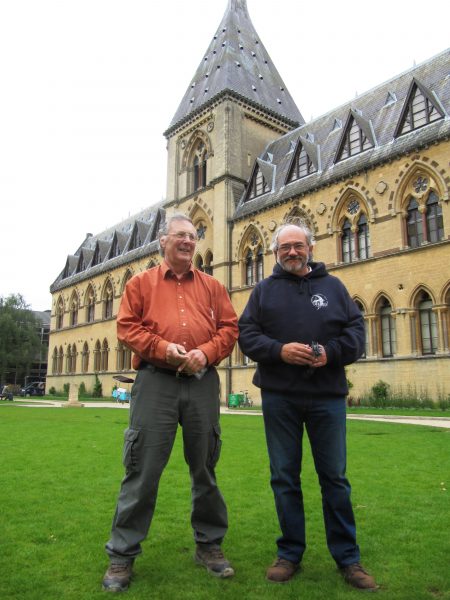PROGRAMME for 2026
Upcoming Meetings
Monday 23 March 2026
30 Years in the Tower
Speaker: George Candelin, Keeper of the Swifts at Oxford University Museum of Natural History (OUMNH).
Location: Upstairs room at the Barley Mow, 104 Horseferry Rd, London SW1P 2EE. Doors: 6.00 pm for a 6:30 pm start
Abstract: The Oxford University Museum of Natural History building is famous for both the collections and the Huxley–Wilberforce evolution debate of 1860. The Museum Tower also hosts a long-established colony of European Swifts (Apus apus), birds known for spending nearly their entire lives in flight—feeding, sleeping, and even mating on the wing. The swifts’ hidden nest boxes at the top of the tower can be viewed via webcams streaming from May to September. Research on this colony began in 1947 by Elizabeth and David Lack, making it one of the world’s longest continuous studies of a single bird species. Their findings were published in Swifts in a Tower (1956), later reissued in 2018. Despite this legacy, the UK swift population has declined by 42% since 1994, likely due to loss of nesting sites and food. The RSPB’s Oxford Swift City project, launched in 2017, works to raise awareness and support swift conservation in Oxford. Join us to hear George Candelin, Keeper of the Swifts, reveal the fascinating history of the project and some of the things discovered about these extraordinary birds in the last 78 years.
Biography: I consider myself very much a ‘Citizen Scientist’, I trained as an Aeronautical Engineer but then became an Air Traffic Controller in the Royal Air Force. On completing my service, I worked as a Sales Engineer and indulged in my hobby of bird watching but trained as a ringer under Dr Andy Gosler. I have been involved in two of Dr David Lack’s projects, one involving breeding great tits in Wytham Wood and the other being the swifts in the OUM tower. I undertook RSPB contracts researching swifts, then little terns and later turtle doves. Four seasons were spent in France ringing migrating aquatic warblers. I am a Fellow of the BTO and President of the Oxford Ornithological Society.

















